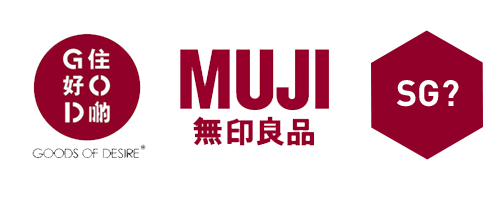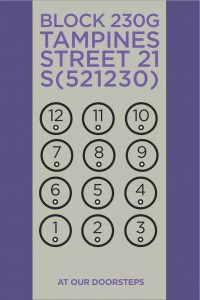When I first began writing about design, an editor of an Asian design magazine categorised my essays as only interesting to designers. Instead, I needed to re-tune my writing for “design consumers” if I was to write for their magazine.
The remark gave me much clarity in what I sought to write about. I’ve never wanted to sell or promote the coolest or latest designs , but I’ve always seen design as a part of our everyday life, as well as a product of our culture and times . But such a view is rare amongst how many in Singapore view design. One of the most telling indicators for me is how design is often represented in the local mainstream media. When design gets coverage in newspapers like The Straits Times and Business Times, design is usually portrayed as a consumer product: designer furniture, stylish interiors, and dream homes. The same goes for many magazines about design that I find in Singapore.
Such a dominant view of design’s role in society probably explains why there was hardly a reaction from designers and architects over the fact that Singapore sat out of the Venice Architecture Biennale this year. As compared to local artists currently going brouhaha over the government’s decision to pull out of the contemporary art version of the Venice Biennale next year, the response has been rather muted except for some comments elicited for an article on The Straits Times over the weekend (Singapore skips architecture biennale. 1 September, 2012). After participating in every edition since 2004, building national pavilions around themes such as Second Nature (2004), Singapore Built and Unbuilt (2006), Singapore Supergarden (2008), and 1000 Singapores (2010), Singapore designers and architects will not be able to showcase their ideas, culture and work on an international platform this year.
While DesignSingapore Council has chosen to remain “tight-lipped about this year’s non-participation”, its executive director Jeffery Ho told the newspaper that the council was focusing on other events such as the Milan Furniture Fair, Maison et Objet in Paris and International Contemporary Furniture Fair in New York. As Colin Seah from Ministry of Design pointed out in the report, this indicates the council’s direction to concentrate on “more commercial and trade events” — which supports my view that the council has become more interested simply promoting design for economic consumption. From what I understand, the Venice Architecture Biennale has always been an exhibition about ideas in design and its role in arts and culture as opposed to the business of selling design.
This latest pullout follows in the wake of the postponement of what was supposed to be the fourth Singapore Design Festival last year. There is still no news if the council will hold the festival this year, traditionally happening between October and November. What we can say for sure is that policymakers are reviewing their strategy of promoting and supporting design, perhaps aptly so since next year will be a decade since the council was set up.
A cue for the future of how the Singapore government will support and promote design can be found in the council’s plans for the upcoming National Design Centre due in 2013. It seems that government policies are shifting back to the view that design is for commerce and trade alone. This marks a shift in the original agenda set by the council’s late founding director, Dr. Milton Tan.
As one of his staff recalled in a eulogy for him that was published in The Design Society Journal No. 02, “Milton’s eventual vision for Singapore design was formed with the Ministry’s support… His research in design creativity also informed him that a healthy design strategy had to be integrated with culture, craft, and inspiration. This is why Dsg is in the ministry leading the creative industries, and not trade and industry. Though frequently challenged by MICA to deliver the economic numbers when formulating the design strategy for the next five years, Milton continued to push the cultural agenda.”
Could the time be up for the council and it finally needs to justify continued support for design with indicators of how it has benefitted Singapore economically? How will national design policies that ignore culture and affect the industry and community in Singapore?
This is a similar concern raised almost 15 years ago in a 1998 news report in the Business Times reviewing what was then the decade-old International Design Forum held in Singapore, another government initiative for design. The question was asked if the now defunct forum had become “too commercially oriented at the expense of highlighting design in its pure form”.
An optimistic view would be to say the council has laid a foundation and the growing community of designers and architects can continue cultivating the seeds of cultural evolution. But has the scene arrived at this point? It’ll be sad to see the council’s decade-long work of pushing design beyond the realm of business go to waste, but what is even more painful is to realise this is something that has happened before. And likely to happen all over again.



